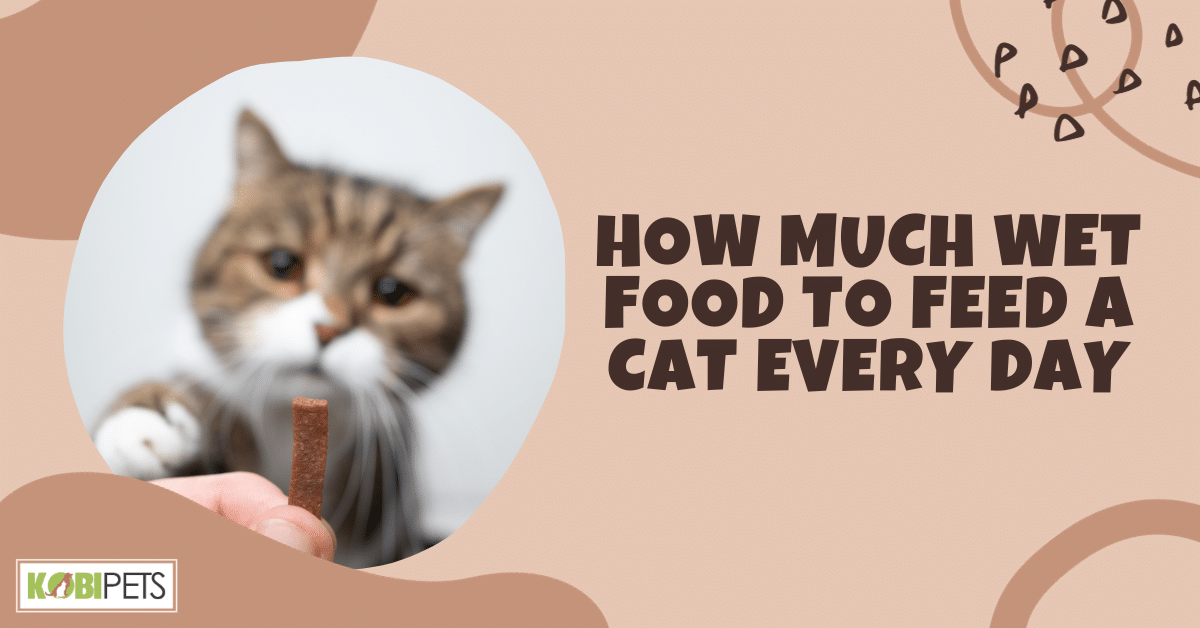
Feeding your cat the right amount of wet food is essential for their health and well-being. Generally, an average adult cat requires approximately 3 to 5.5 ounces of wet food daily, but this can vary based on factors like age, activity level, and specific dietary needs. Always consult your veterinarian for personalized feeding recommendations for your feline friend.
Every cat owner knows the significance of feeding their feline right. But determining the perfect portion isn’t just about the food’s quantity. Age, activity levels, and health conditions are just a few factors that can influence a cat’s dietary needs, underscoring the importance of tailored nourishment.
Understanding Cat Nutrition and the Role of Wet Food
When it comes to cat nutrition, the choices available can sometimes feel overwhelming. One of the pivotal decisions is the selection between wet and dry food. Wet food, in particular, offers certain advantages that are worth exploring.
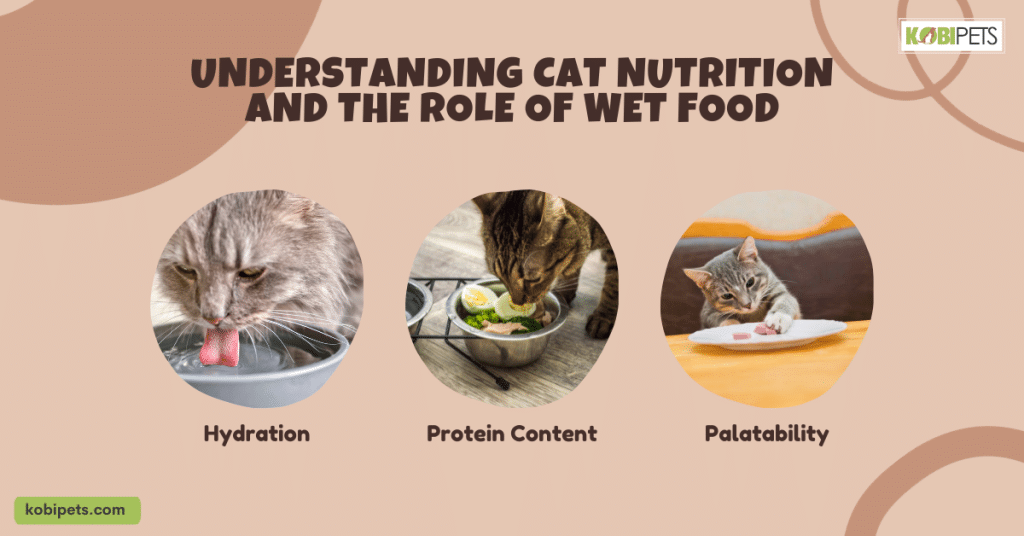
Understanding Cat Nutrition and the Role of Wet Food
Hydration
Cats, descendants of desert-dwelling creatures, naturally have a lower thirst drive compared to other animals. This means they often don’t seek out water as frequently, making their dietary source of moisture critically important.
Wet cat food can provide a substantial amount of this necessary hydration due to its high moisture content, which typically ranges between 70-80%. Regular intake of wet food can significantly assist in keeping a cat’s urinary tract healthy, preventing potential issues like urinary tract infections or kidney stones.
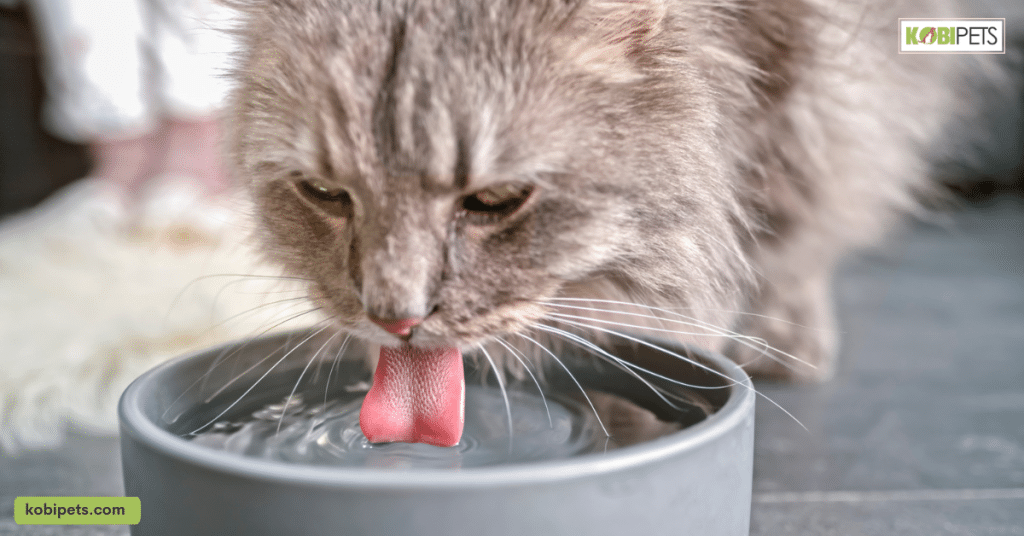
Protein Content
The ancestral diet of wild cats predominantly consists of high-protein prey. Domesticated cats still carry this inherent need for a protein-rich diet. Wet cat food often boasts a substantial animal-based protein content, which is vital for several reasons. Protein plays a foundational role in building and repairing body tissues, supporting lean muscle mass, and ensuring proper growth in younger cats.
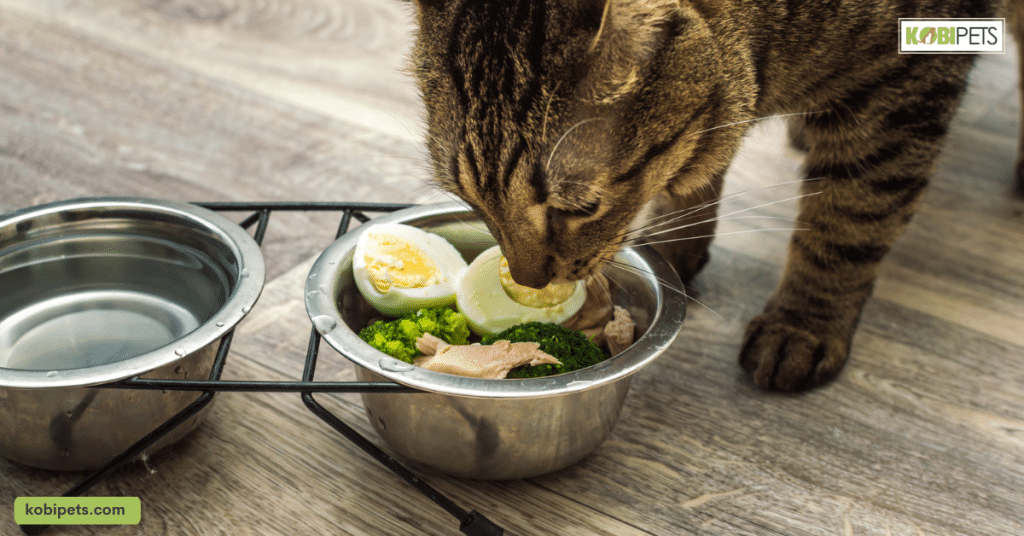
Palatability
One of the notable challenges cat owners often face is ensuring their feline friends are interested in the food provided, especially if dietary changes are necessary due to health concerns. Wet cat food, with its soft texture and rich, savory flavors, is generally highly palatable. The enhanced aroma of wet food can act as a strong appetite stimulant, especially beneficial for cats that might be feeling unwell or are a bit pickier with their food choices.
While the choice between wet and dry food often boils down to individual feline preferences and specific dietary needs, the benefits of wet food are undeniable. Armed with this knowledge, cat owners can make more informed decisions about their pets’ nutrition.
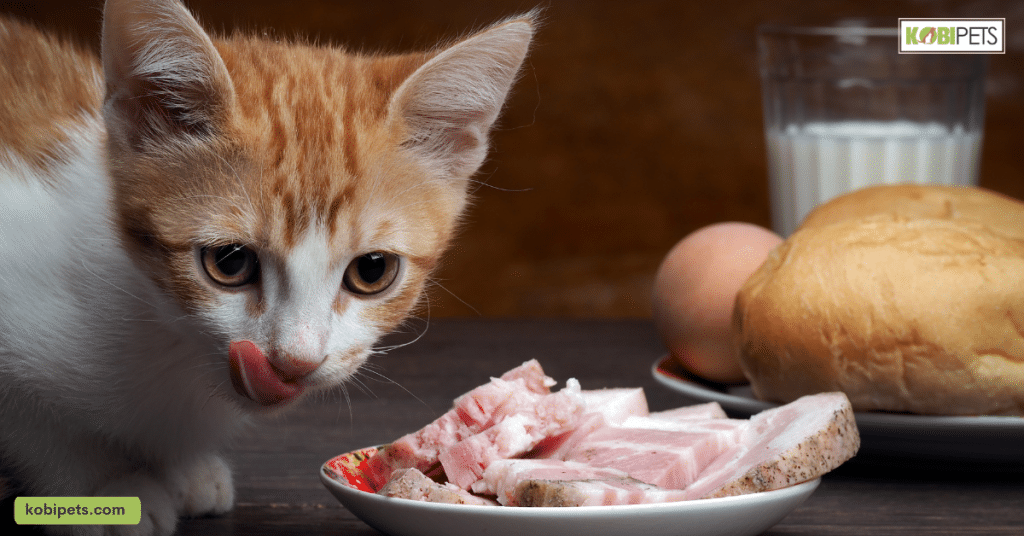
Factors Influencing the Amount of Wet Food a Cat Requires
The dietary needs of our feline friends can vary widely based on several factors. Determining the right amount of wet food hinges on aspects like age, activity level, and health status. Let’s break down these considerations in a table for clarity.
| Factor | Description |
|---|---|
| Age | |
| Kittens | Requires increased calories and protein to support rapid growth and boundless energy. |
| Adult Cats | Have stabilized dietary needs, but balanced nutrition is crucial for maintaining health and well-being. |
| Senior Cats | Might need fewer calories; however, the focus should shift to easily digestible proteins and essential nutrients. |
| Activity Level | |
| Sedentary Indoor Cats | Need fewer calories due to limited activity, emphasizing the importance of portion control. |
| Active Outdoor Cats | Require more sustenance given their heightened energy expenditure from external activities and exploration. |
| Health Status | |
| Specific Conditions | Cats with particular health concerns, like kidney issues, may benefit from specialized wet foods with adjusted nutrient levels. |
Feeding your cat appropriately is a blend of understanding general guidelines and recognizing your cat’s unique needs. It’s always beneficial to monitor their health, weight, and behavior and to collaborate with a veterinarian to ensure a diet tailored to your feline’s optimal well-being.
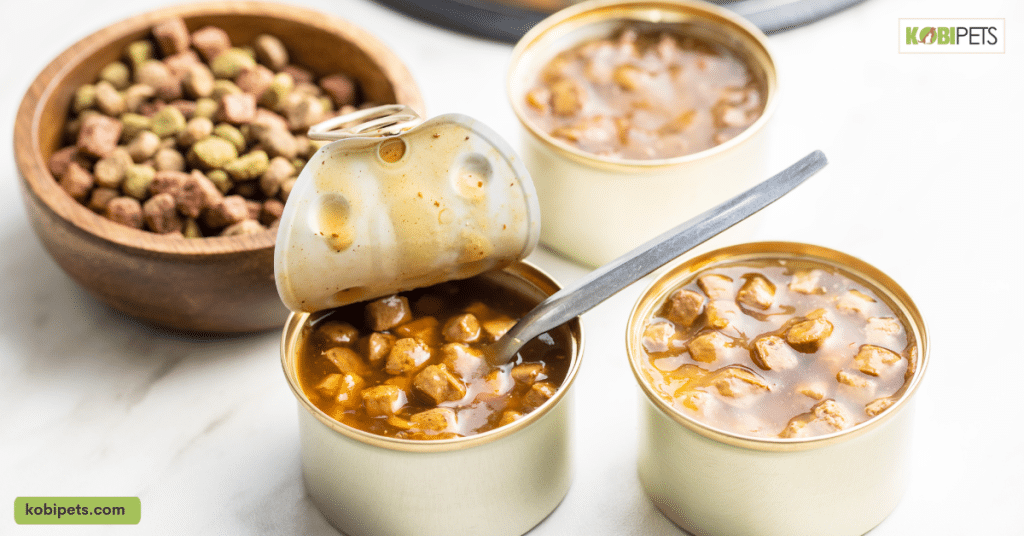
General Guidelines for Feeding Wet Food to Cats
The typical adult cat requires between 3 to 5.5 ounces of wet food daily. However, individual needs may vary, so it’s essential to consult both food labels and your vet. Spreading this amount over multiple meals aligns with a cat’s natural eating pattern and supports consistent energy levels.
Lastly, it’s crucial to strike a balance in feeding: overfeeding poses obesity risks, while underfeeding can lead to malnutrition. Regular observation and health check-ups ensure your cat’s dietary needs are met optimally.
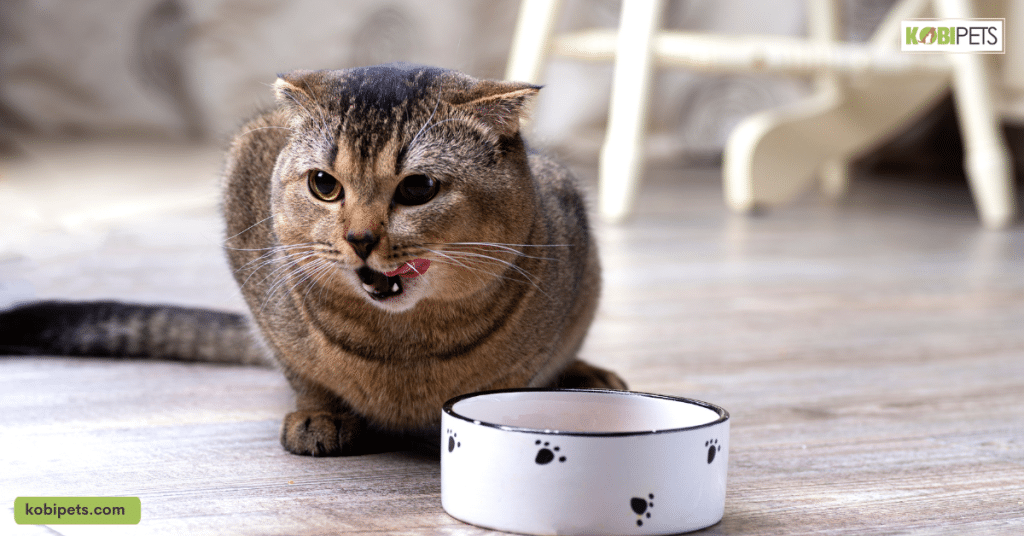
How to Transition Your Cat to Wet Food
Switching your cat’s diet can sometimes be a challenging endeavor, especially when transitioning from dry to wet food. Yet, with careful planning and understanding, the shift can be smooth and beneficial for your feline friend.
Steps for Introducing Wet Food:
- Begin by mixing a small amount of wet food with their usual dry food.
- Gradually increase the wet food portion while decreasing the dry food over several days.
- Observe your cat’s reaction and adjust portions accordingly.
Dealing with Picky Eaters:
- Offer a variety of wet food flavors to determine their preference.
- Warm the wet food slightly to enhance its aroma and appeal.
- Be patient and consistent, avoiding the temptation to revert to dry food immediately.
Preserving Wet Food Freshness:
- Always seal open cans and store them in the refrigerator.
- Use stored wet food within 3-5 days for optimum freshness.
- Serve at room temperature or slightly warmed, as cold food might be less appealing.
Remember, transitioning to wet food is not just about a dietary change, but also about ensuring the health and happiness of your cat. With patience, observation, and the right strategies, you can make wet food an enjoyable staple in your cat’s diet.
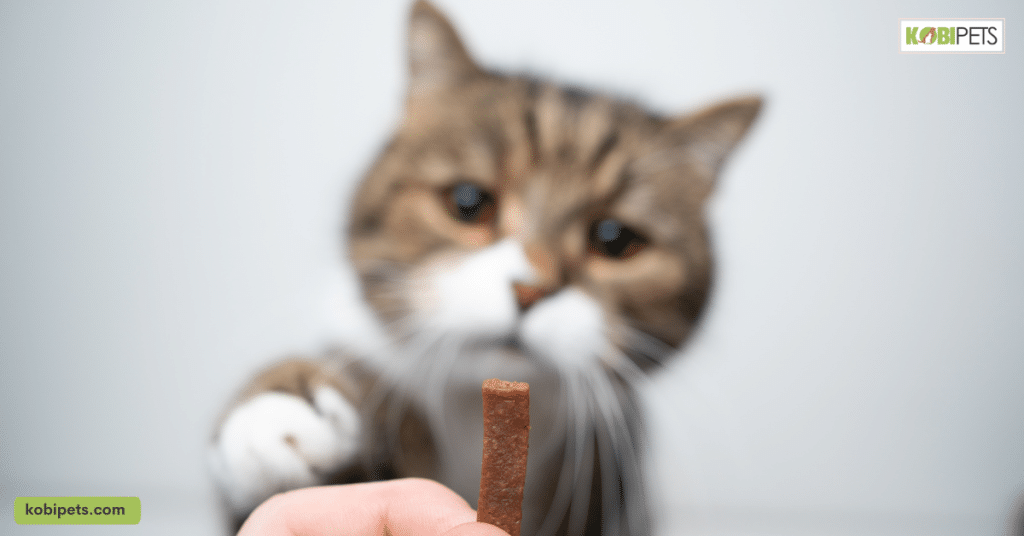
Monitoring Your Cat’s Weight and Health
Regular vet check-ups are essential in ensuring your cat’s optimal health, especially when considering weight and nutritional balance. Recognizing the signs of obesity, such as decreased activity, difficulty in movement, or visible fat deposits, is as crucial as spotting signs of malnutrition, like lethargy, visible ribcage, or a dull coat.
If you notice weight fluctuations or changes in your cat’s appearance or behavior, it might be time to adjust feeding amounts. Collaborating with your veterinarian can provide guidance on the right portions and dietary changes to maintain your cat’s well-being.
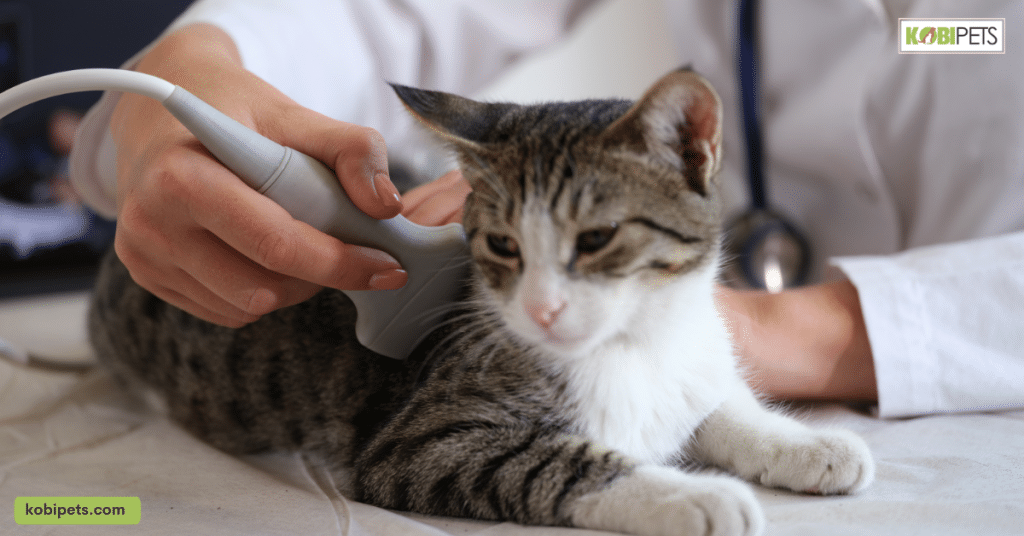
Conclusion
Monitoring and adjusting a cat’s diet requires diligence and a keen understanding of their unique needs. By prioritizing regular veterinary visits, staying observant of changes in weight and behavior, and being adaptable to feeding routines, cat owners can ensure their feline companions lead healthy, happy lives. After all, the well-being of our beloved pets hinges on the balance of nutrition, care, and informed decisions.






